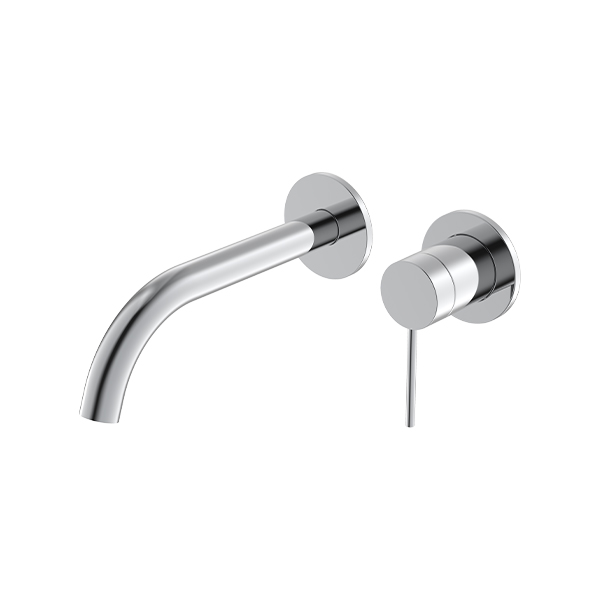The important aspect in the manufacturing of concealed shower system sets is the selection of materials. Since these systems involve water supply and control, components must resist corrosion, withstand pressure fluctuations, and maintain structural integrity over time. High-quality metals like brass and stainless steel are commonly used for key parts such as valves, cartridges, and connectors. Brass is favored for its corrosion resistance and machinability. It also provides strength and durability, ensuring that the concealed valves and fittings function smoothly over many years.

Stainless steel is often chosen for external components such as showerheads and control knobs, particularly when a polished or brushed finish is desired. This material offers outstanding resistance to rust and staining, which is critical in the humid environment of a shower. Some manufacturers use a combination of brass for internal parts and stainless steel or chrome-plated finishes on visible elements to balance durability with aesthetic appeal.
Plastic materials also play a role in the construction of concealed shower system sets. High-grade engineering plastics like POM (polyoxymethylene) or nylon are often used for internal seals, cartridges, and non-load-bearing components. These plastics provide smooth operation, reduce noise during valve movement, and resist chemical degradation from cleaning agents or hard water deposits. The choice of plastic materials must ensure compatibility with metal parts to avoid premature wear or leaks.
The craftsmanship involved in producing concealed shower system sets is equally important. Precision machining of valves and cartridges ensures that water flow can be controlled accurately and reliably. The manufacturing process requires strict quality control to guarantee tight tolerances, which prevent leaks and ensure smooth operation of diverters and thermostatic controls. Many manufacturers use CNC machining and automated assembly lines to achieve consistent quality in these complex components.
Attention to detail extends to the finishing of visible parts. Surfaces are carefully polished or coated to achieve uniform color and texture. Chrome plating is common for its reflective quality and protective properties, but some designers prefer matte or brushed finishes for a modern look. The finishing process must be done under controlled conditions to prevent defects such as peeling or discoloration, which could detract from the overall quality of the concealed shower system sets.
Installation craftsmanship is another critical factor. Since much of the plumbing is hidden behind walls, the concealed shower system must be installed with precision to align properly with the external controls and showerheads. Poor installation can misaligned handles, leaks, or difficulty in maintenance. Professional installers carefully measure and mount the system components, ensuring proper sealing and accessibility to maintenance points.
Furthermore, the design of concealed shower system sets often incorporates modular elements that facilitate installation and future repairs. Some systems use standardized valve bodies with interchangeable trim kits, allowing for easier upgrades or replacements without removing the entire plumbing behind the wall. This modular approach requires precise manufacturing and assembly to ensure compatibility and ease of use.
Another aspect of craftsmanship involves the integration of thermostatic controls within concealed shower system sets. Thermostatic valves maintain a consistent water temperature by automatically adjusting the mix of hot and cold water, providing safety and comfort. Producing reliable thermostatic cartridges demands advanced engineering and careful material selection to resist scaling and corrosion over time. High-quality seals and springs within these cartridges are vital for their long-term performance.

 English
English Español
Español

